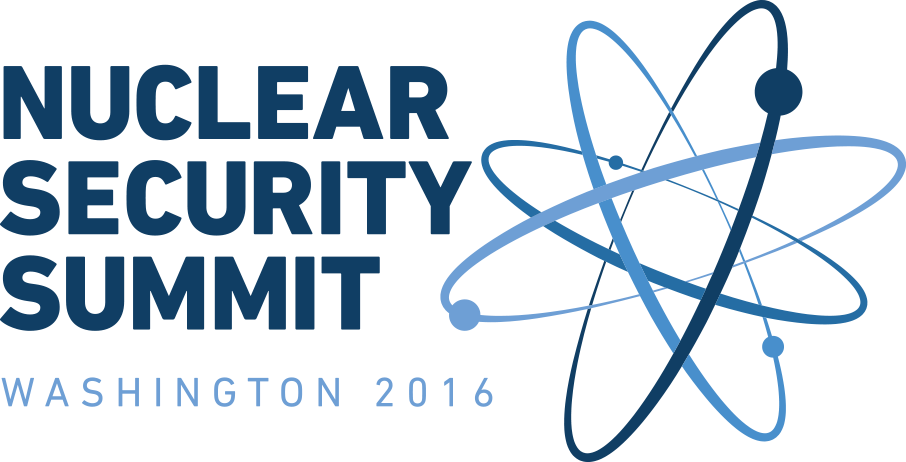Fact Sheet: Joint Statement on Sustaining Action to Strengthen Global Nuclear Security Architecture
/THE WHITE HOUSE
Office of the Press Secretary
______________________________________________________________
For Immediate Release
FACT SHEET
Gift Basket on Sustaining Action to Strengthen the Global Nuclear Security Architecture
As the biennial, leader-level meetings engendered by the Nuclear Security Summits come to an end, the international cooperation and focus on implementing the Nuclear Security Summits’ vision and agenda must continue. The Nuclear Security Contact Group envisioned by this Gift Basket will create a mechanism by which senior officials routinely consult and synchronize national actions in support of the commitments expressed in Summit Communiqués, Action Plans, Gift Baskets, and the 2010 Washington Work Plan. The Contact Group will meet at least annually, maintaining the network of senior officials and experts that has supported the success of the Summits. Thirty-nine Summit participants, plus the United Nations and INTERPOL, have indicated their intent to participate in this Contact Group, and other countries who wish to promote nuclear security outcomes are invited to accept the terms of the Gift Basket and join the Contact Group. The United States looks forward to participating actively in the Nuclear Security Contact Group to sustain the momentum of the Nuclear Security Summits.
# # #

